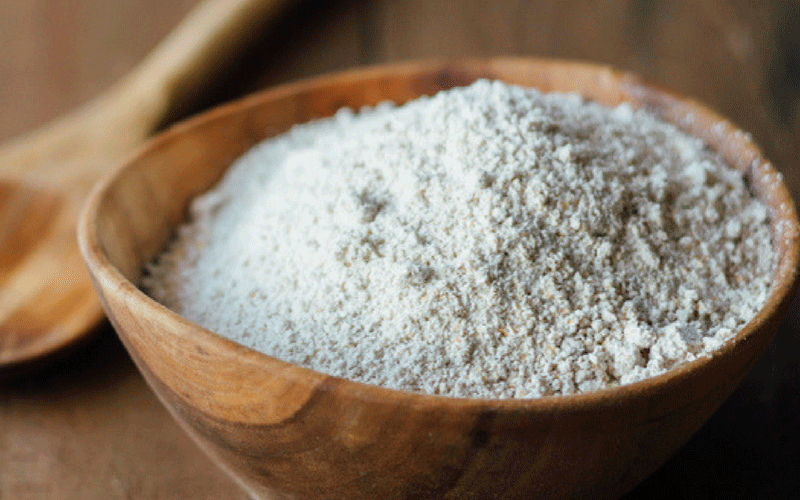Ten wealthy substitutes for wheat flour
By Christopher Owuor, December 24, 20201. Almond flour
This is a tasty and nutritious gluten-free alternative. It is also lower in carbs and higher in fat and protein than many other types of flour.
In addition to protein and fat, almond flour provides magnesium, a mineral that helps regulate muscle and nerve function, blood sugar levels, and blood pressure.
Thanks to its slightly sweet flavour and silky texture, almond flour is ideal for treats such as cupcakes, cookies, and macarons.
For recipes with yeast (such as bread and pizza dough), you can sub in about a third cup of almond flour per cup of all-purpose flour.
2. Coconut flour
Like almond flour, coconut flour is sweet and gluten-free. It offers a rich source of fibre.
It works best in sweets such as cakes, cookies, and muffins. But chances are that it will lend a more unique flavour to baked goods than other types of flour do.
So, you may want to steer clear of coconut flour if you are not wild about the taste.
Swap roughly a quarter to a third cup of coconut flour for one cup of regular flour.
3. Chickpea flour
It has a mild, nutty flavour. It also boasts plenty of protein, fibre, and iron. Just one cup of chickpea flour provides 4.5 milligrammes of iron.
Because it has a slightly beany flavour, it works best in savoury baking applications, such as pizza crust, flatbreads, and quick breads.
Swap out 25 per cent of all-purpose flour for chickpea flour to add flavour, fibre, and protein to standard baked goods.
Bonus: As it’s made with beans and not wheat, chickpea flour is also gluten-free.
4. Oat Flour
Oat flour is made with ground whole oats, which have more protein and fibre than the refined grain used to make all-purpose flour.
Oats are particularly rich in a kind of fibre called beta-glucan, which has been linked to heart health benefits.
In fact, beta-glucan is one of the best types of soluble fibre for lowering cholesterol.
Oat flour adds a rich flavour and silky texture that’s best in pancakes, waffles, muffins, and other quick breads.
5. Peanut flour
Peanut flour is created by processing roasted peanuts and defatting (pressing oils from) the resulting paste to create a dry powder.
Peanut flour is often used to boost the nutritive value of recipes, both savory and sweet, as it packs a notable amount of protein, around 14 grammes per a quarter cup, without a significant amount of fat.
6. Millet flour
Millet has a mild and slightly nutty flavour. It’s also low in fat and high in vitamins, minerals, fibre, and antioxidants.
In fact, a study published in November 2019 in the Journal of Food Science and Technology reveals that adding millet flour to baked goods lends them more antioxidants than whole-wheat flour.
Use millet flour in cakes, cookies, and pancakes. Sub in millet flour in a 1:1 replacement ratio for all-purpose flour.
7. Sorghum flour
Smoother than millet, this mild flour is closer in texture and taste to wheat flour, which makes it good for baking, but it will make recipes slightly darker in colour. It can be blended with cornstarch in breads.
7. Sorghum flour
Smoother than millet, this mild flour is closer in texture and taste to wheat flour, which makes it good for baking, but it will make recipes slightly darker in colour. It can be blended with cornstarch in breads.
8. Cassava flour
This root vegetable makes a great basic flour for blending as it has a lot of fibre.
It’s a carb-heavy flour that is similar to wheat, but not as grainy or gritty as other flours, which can make it a great substitute for a variety of baked goods.
9. Arrowroot
Arrowroot is gluten free and is good for creating glossy glazes and thickening pie fillings.
Use two teaspoons of arrowroot to one tablespoon (three teaspoons) of cornstarch. It has no flavour, which makes it versatile for baked goods.
10. Brown rice flour
Made from finely ground brown rice, this high-fibre flour has a light and powdery texture similar to white flour, making it ideal for baked goods.
It is a great option for people who are new to alternative flours. It’s easy to work with and doesn’t have a strong flavour.
